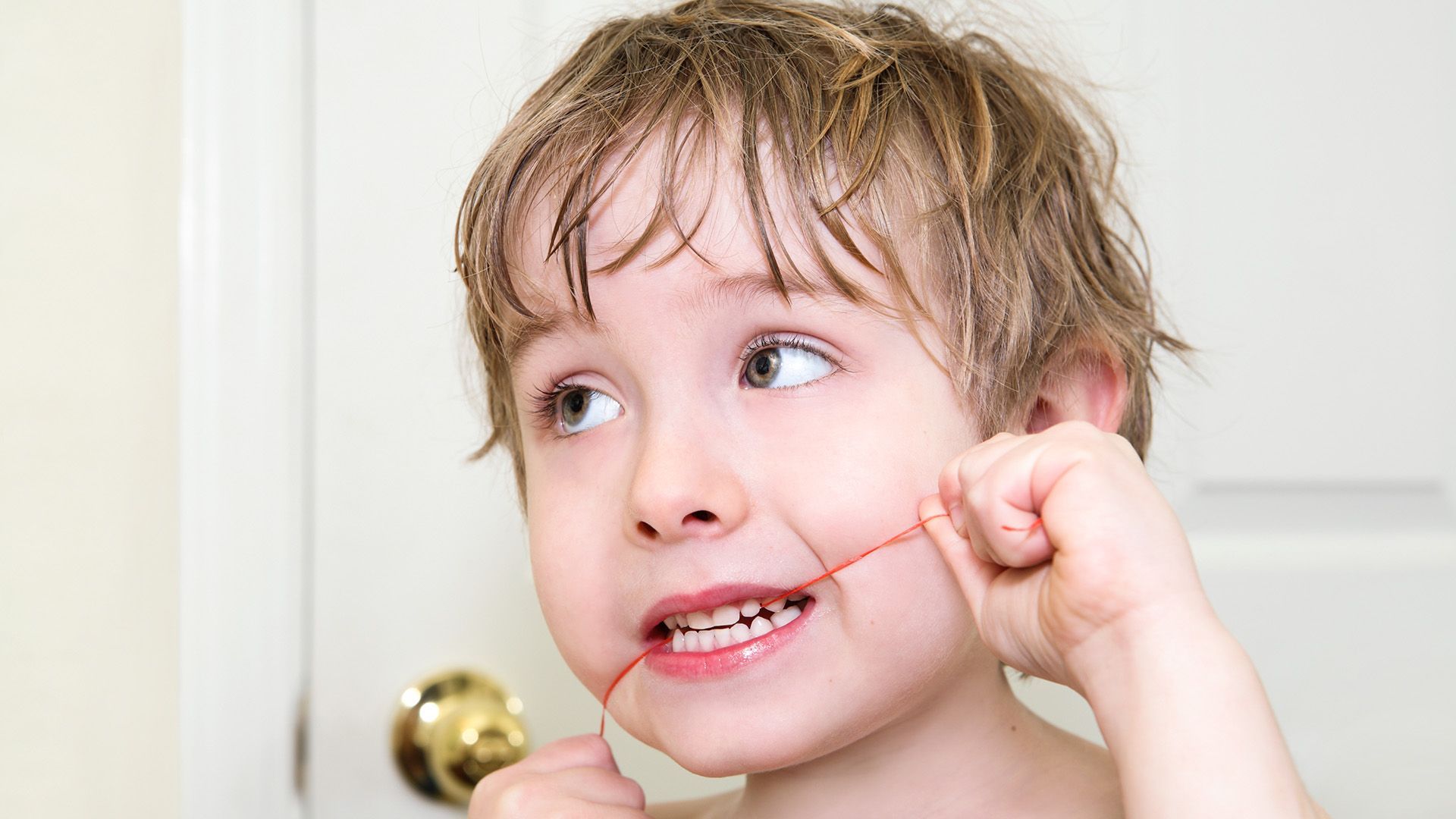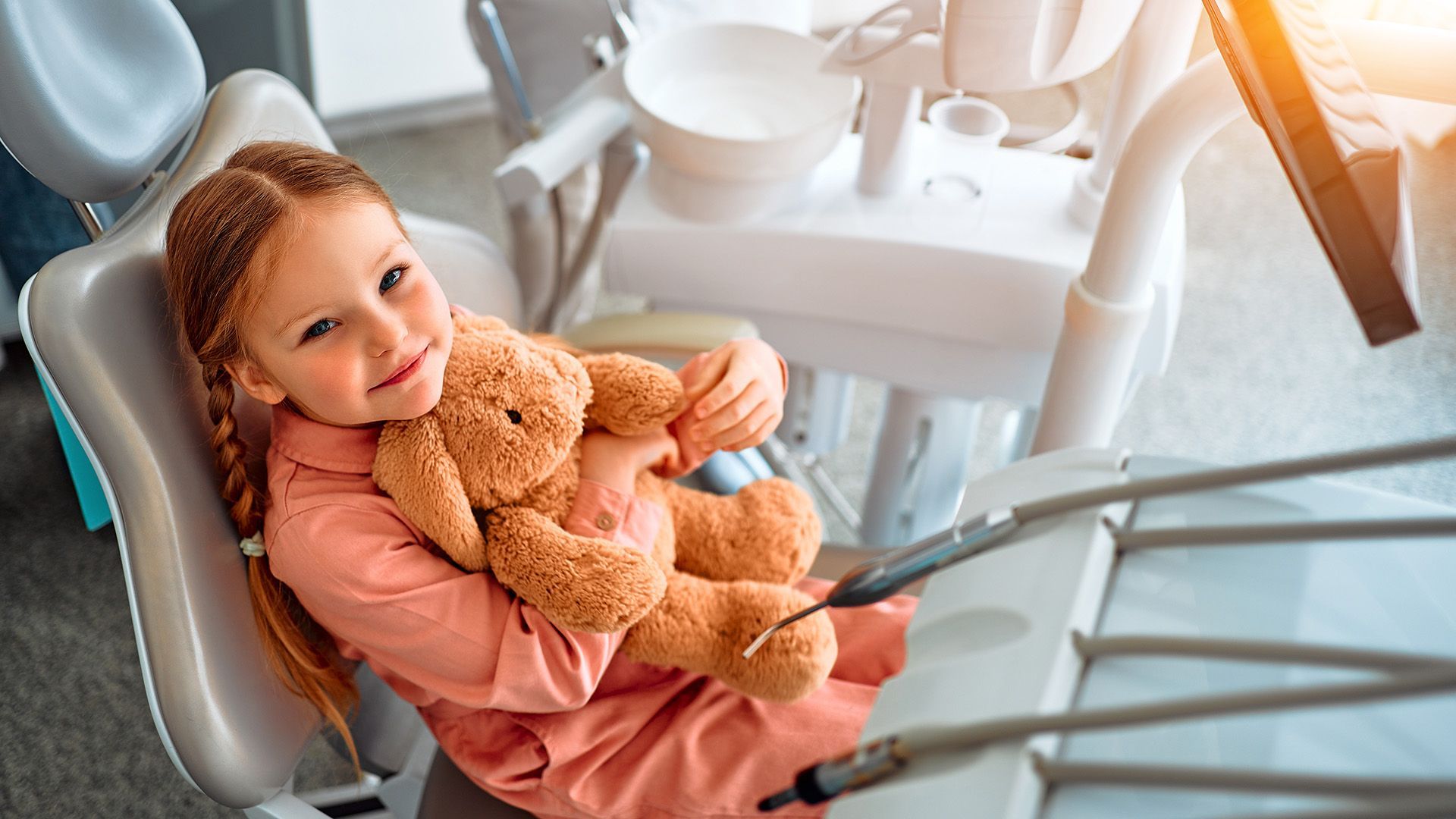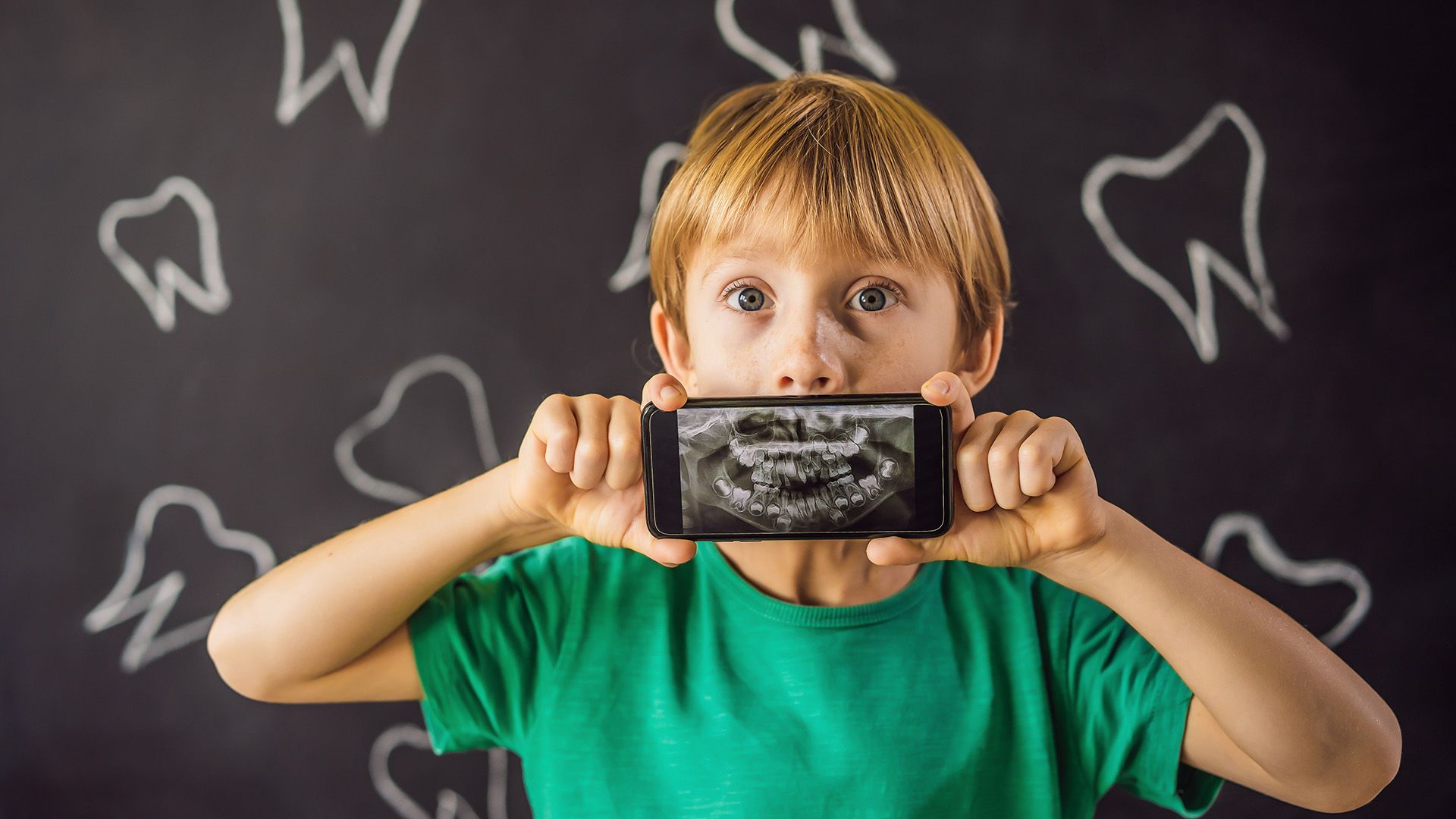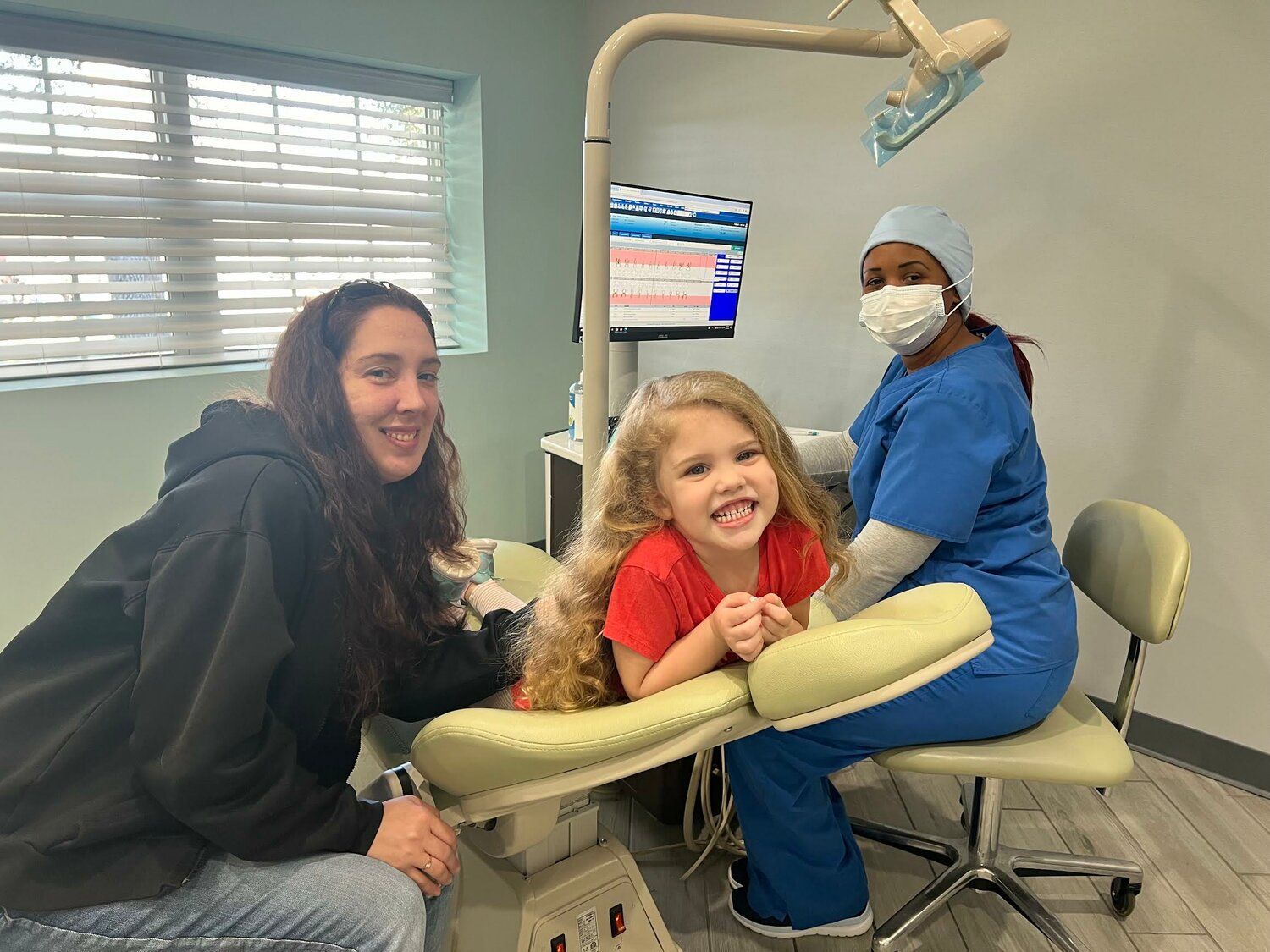How Long Does a Loose Tooth Take to Fall Out?
Understanding the timeline for a loose tooth can be a source of curiosity and concern for both children and parents alike. Loose teeth are a natural part of childhood, marking an important milestone in dental development. Typically, children experience this process between the ages of 6 and 12, but the duration for a loose tooth to fall out can vary significantly. Factors such as the child's age, the tooth's position, and their overall dental health play a crucial role. In this article, we'll explore the average timeline for loose teeth, when to seek dental advice, and tips for encouraging healthy dental practices. Let's dive into the fascinating world of growing up and losing teeth!

Understanding Loose Teeth
Loose teeth in childhood are a natural part of dental development, often causing excitement and curiosity for both kids and parents. The primary reason for a tooth becoming loose is the process of losing baby teeth, which makes way for permanent teeth. As children grow, their jaws expand, and the roots of baby teeth dissolve, leading to looseness and eventual loss.
Baby teeth, also known as primary teeth, play a vital role in a child's development. They aid in chewing and speaking and hold space in the jaw for the proper alignment of permanent teeth. Losing baby teeth at the right time is essential; it ensures that the permanent teeth can emerge correctly and maintain optimal oral health.
Parents may notice several signs indicating that a tooth is becoming loose. These can include slight movement of the tooth when touched, a change in how the tooth fits with the others, or slight discomfort in the surrounding gums. Additionally, children might express a feeling of looseness or even fun as they wiggle their teeth. Understanding these signs can help parents support their child through this exciting transition and encourage good oral hygiene practices, ensuring healthy growth and development.
Average Timeline for Loose Teeth
The journey of losing baby teeth is an exciting milestone for children, typically beginning around the age of six. Most children will lose their first tooth between the ages of six and seven, with the entire process of shedding baby teeth continuing until they are about twelve or thirteen. This timeline can vary significantly among individual children, influenced by several factors.
One major factor affecting how long a loose tooth takes to fall out is the child's overall dental health. Children with strong, healthy teeth may find that their loose teeth fall out more quickly, whereas those with dental issues might experience a longer timeline. Additionally, the position of the loose tooth plays a crucial role; teeth that are more wiggly and not firmly anchored in the gums are likely to fall out sooner.
Another important consideration is the child's unique biological development. Each child grows and develops at their own pace, and this can affect the timing of when teeth become loose and ultimately fall out. It’s not uncommon for some children to lose their teeth earlier or later than their peers, creating a wide range of experiences. Parents should remember that these variations are perfectly normal and that patience is key during this exciting time.
When to Seek Dental Advice
As parents, it's essential to monitor your child's dental health, especially when they experience a loose tooth. While it is a natural part of their development, certain signs may indicate the need for immediate dental consultation. If your child is experiencing excessive bleeding, severe pain, or if the loose tooth is accompanied by swelling or signs of infection, such as fever or pus, it’s crucial to seek professional help right away.
If the loose tooth is a result of an injury, such as a fall or accident, it’s important to consult with a dentist to assess any potential damage. Injuries can sometimes cause fractures in the surrounding bone or damage to the gums, which may not be immediately visible. A quick dental visit can ensure that any underlying issues are addressed and that your child's mouth is healthy.
Understanding the difference between normal loosening and dental issues is key. Loose teeth can be part of the natural process of losing baby teeth, typically occurring between the ages of 6 and 12. However, if a tooth becomes loose prematurely or is not due to the normal shedding process, it may signal a dental problem, such as tooth decay or gum disease. In such cases, seeking advice from a pediatric dentist can help ensure that your child’s dental health remains on track.
Encouraging Healthy Practices
When children have a loose tooth, it's natural for them to want to wiggle it. In fact, encouraging gentle wiggling can help the tooth loosen further and prepare it for a timely exit. However, it's essential to remind them to be gentle and avoid excessive force to prevent any discomfort or injury.
Maintaining oral hygiene is vital, even with a loose tooth. Encourage your child to continue brushing their teeth twice a day, making sure to clean around the loose tooth carefully. Using a soft-bristled toothbrush can help prevent irritation. Flossing is also important, but if the loose tooth causes discomfort, you can skip that area temporarily until the tooth falls out.
This transition can be both exciting and nerve-wracking for children. To support your child emotionally, celebrate the process by talking about how losing teeth is a normal part of growing up. Share stories of your own experiences with losing teeth, and consider creating a fun tradition around it, like writing a note to the Tooth Fairy. Reassuring your child that it's okay to feel a mix of emotions can help them navigate this change with confidence. By fostering a positive environment, you can make this milestone a joyful experience for your child.
What Happens After a Tooth Falls Out?
When a baby tooth falls out, it can be an exciting time for children and parents alike. It often signifies a major milestone in a child's development. After a baby tooth is lost, it’s important to reassure your child that it's a normal part of growing up. You can expect some minor bleeding or discomfort right after the tooth comes out, but this should subside quickly. Encourage your child to rinse their mouth gently with water to keep the area clean.
As the new permanent tooth begins to emerge, proper care is essential. Make sure your child maintains good oral hygiene by brushing twice a day and flossing regularly. It might be beneficial to introduce them to a fluoride toothpaste if they haven’t been using one already. Regular dental check-ups will also help monitor the development of the new tooth and ensure everything is on track.
In addition to the practical aspects, losing a tooth often comes with fun traditions that make the experience even more special. Many families celebrate this milestone with the classic tradition of the Tooth Fairy, who leaves a small reward under the pillow for the lost tooth. This can add an element of excitement and help ease any fears your child may have about losing teeth. Whether it’s a coin, a dollar bill, or a small gift, the surprise can turn this moment into a cherished memory.
We believe in the importance of prevention of dental issues at an early age, which helps children have a healthy smile.
USEFUL LINKS
CONTACT US
CURRENT PATIENTS OR PROVIDERS









